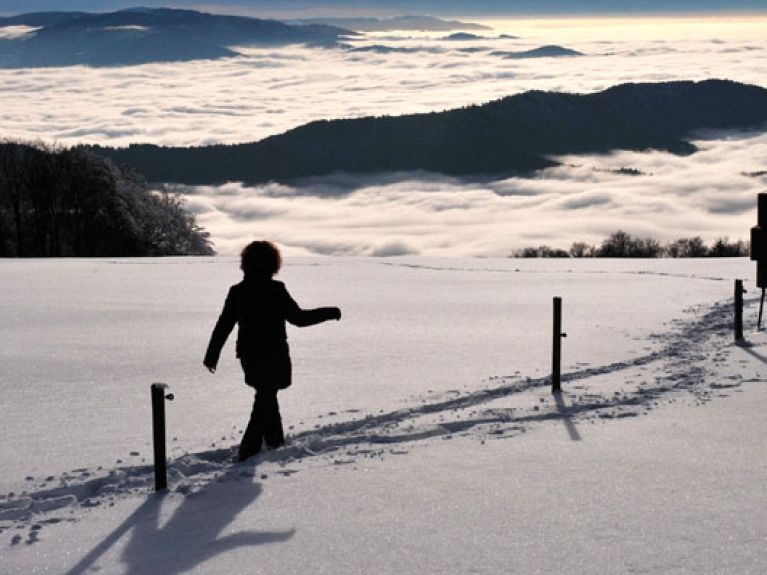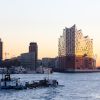Slow cities
So-called “Cittàslow“, slow cities, offer deceleration pure.

“Deceleration” is the order of the day. But how and where? In 1999 the slow food movement, initiated by Carlo Petrini, and the farmers’ network Terra Madre founded a network in Orvieto, Italy, that today encompasses 25 countries and classifies cities with fewer than 50,000 inhabitants as “Cittàslow” (Italian: città = city; English: slow), slow cities. Cities that satisfy certain conditions can join the network and are distinguished by the fact that their residents “still recognize the slow, the change of the seasons, the authenticity of products, customs, taste and health”. After Italy, Germany, with 16 such cities, is the home of most members of the movement.
The small town of Hersbruck in Central Franconia was the first German city to join the network. It captioned its membership with a quotation from the French politician Jean Jaurès: “Maintaining tradition does not mean to preserve ashes, but rather to keep the embers glowing”. The slow lifestyle is celebrated annually on the first weekend of August with the Hersbruck Old Town Festival, which takes place in the medieval centre of the town replete with city walls, gates, towers and castle. The second German member of the network was Waldkirch in Baden-Württemberg. A high point in the calendar of the organ-building city at the foot of the Black Forest is the triennial International Organ Festival.
Biosphere reserve and Star Park
It is not necessarily the tourist highlights, however, that are the chief features of these cities, but above all their situation and their citizens’ awareness of sustainability. Bischofsheim in the Rhön Mountains, for example, scores for its hiking trails. The premium “Hochrhön Path”, with its marvellous views of highland scenery, is well-known even beyond the region. Above the town rises the Kreuzberg, a former site of pilgrimage and today a popular destination for hikers. The Rhön region has been recognized by UNESCO as a biosphere reserve since 1991 and has been certified as a Star Park since 2014, a place where you can observe the celestial bodies particularly well because the countryside is not spoilt and local cities get along without much artificial light.

